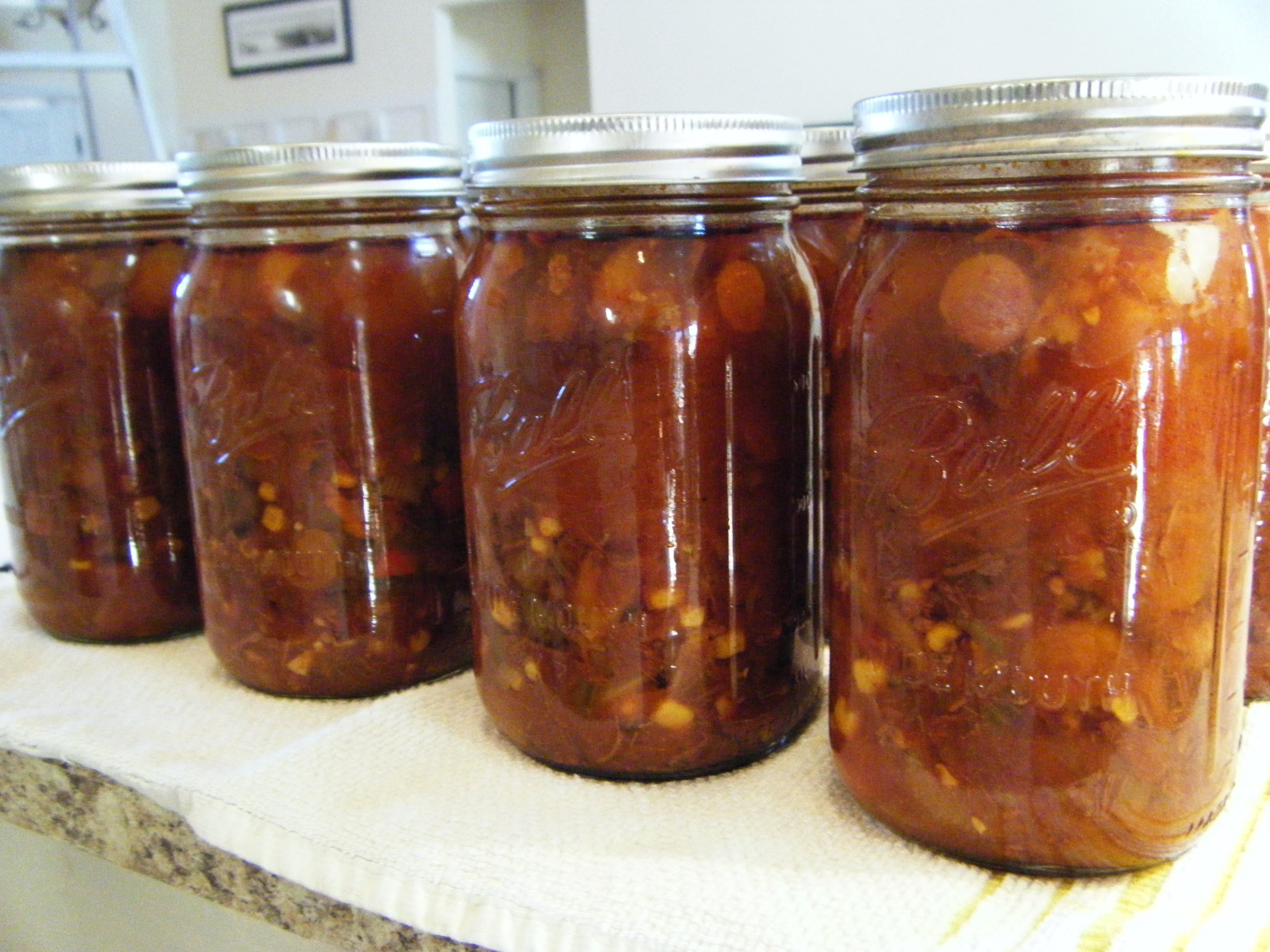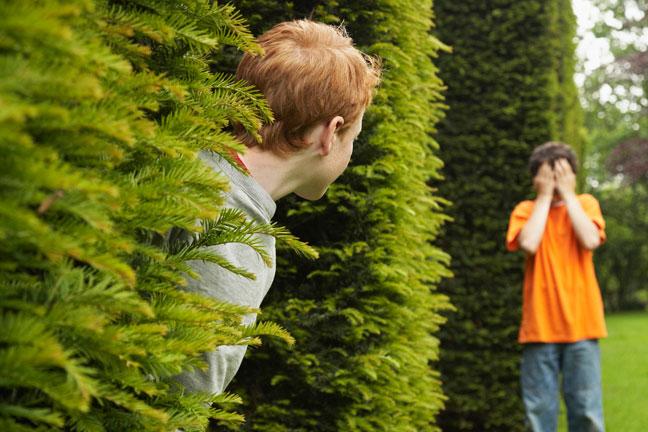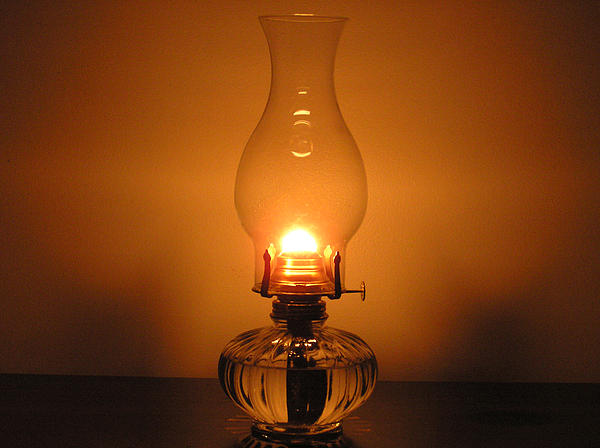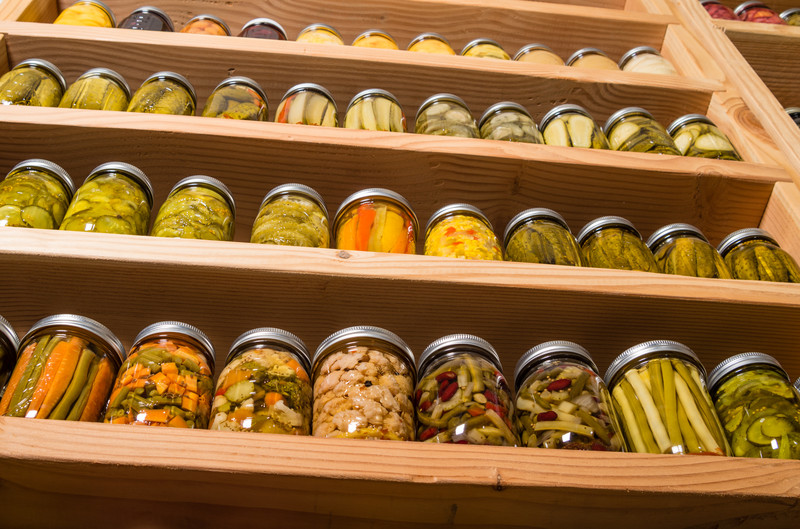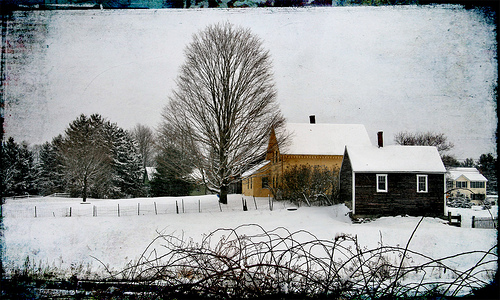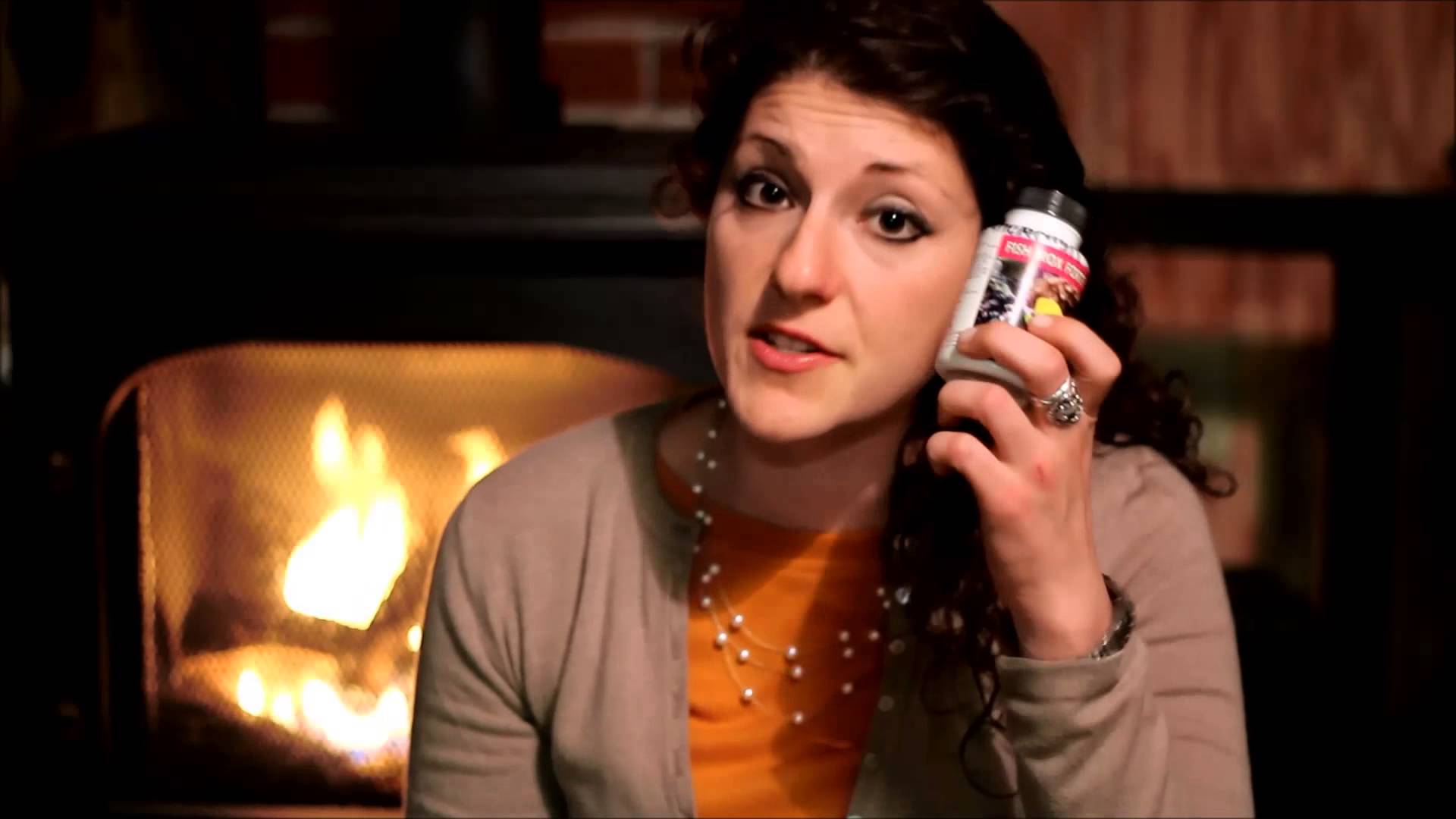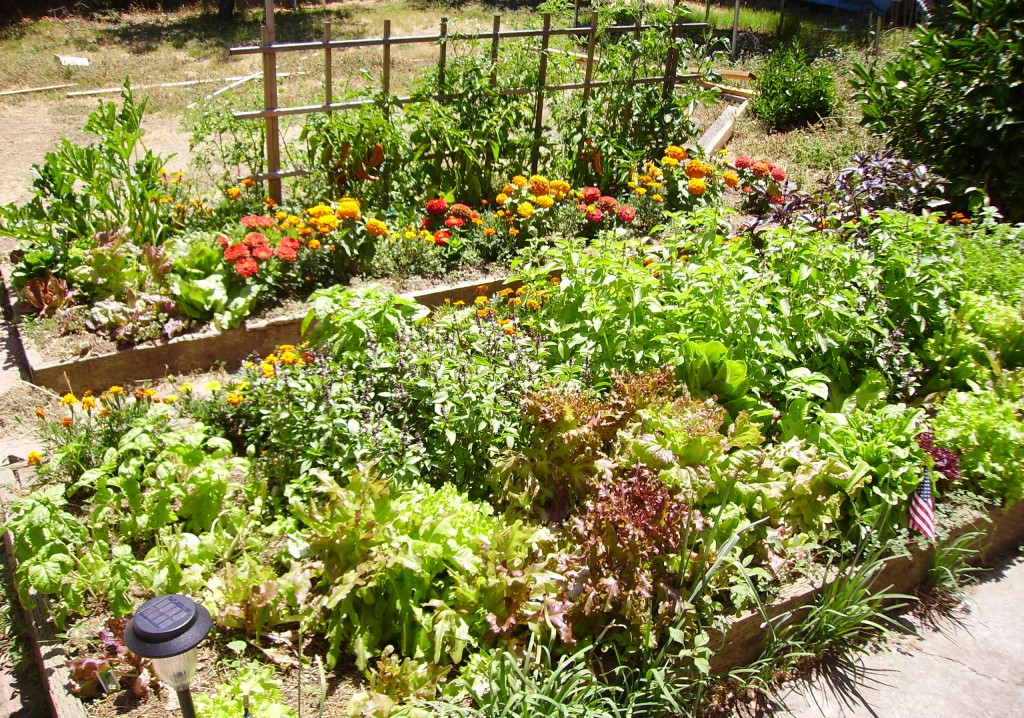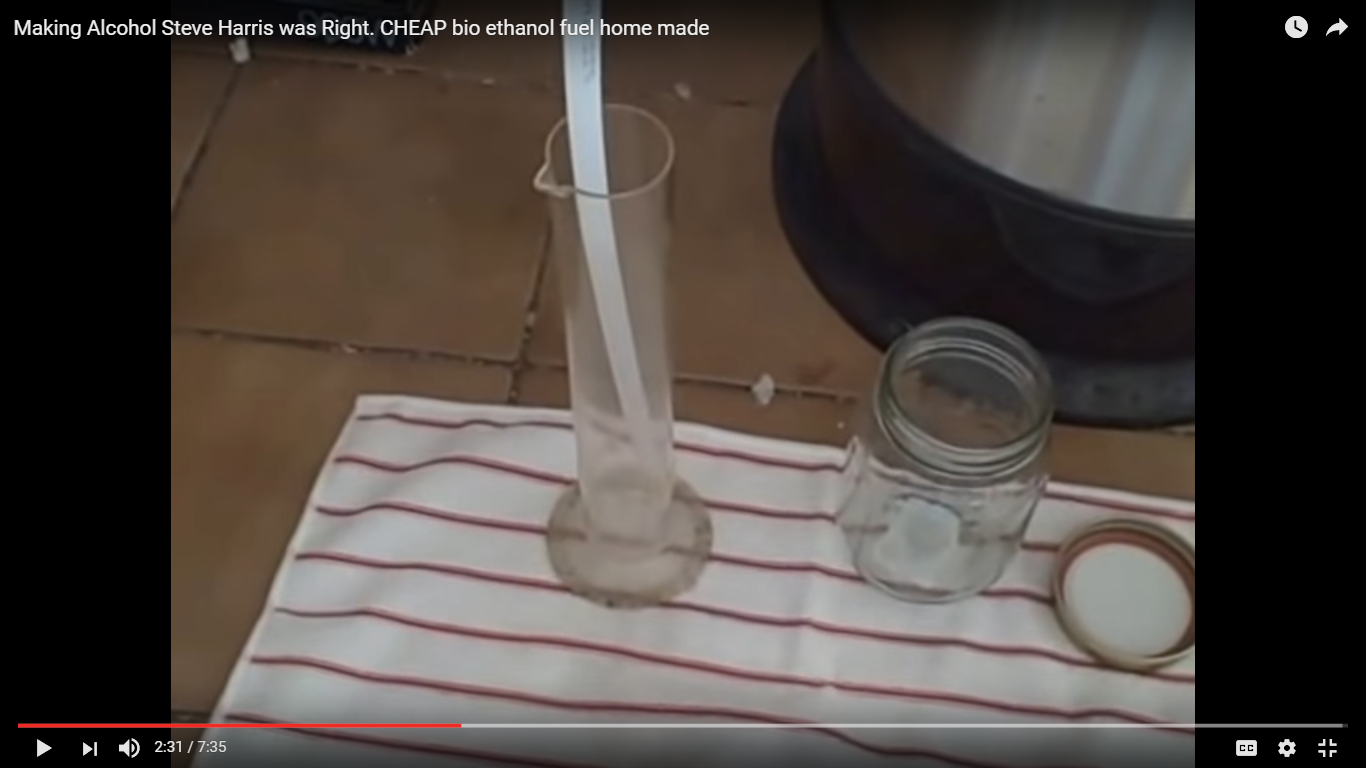How to Can Beef Soup (Video)
I recently discovered that a really great homestead blog, Homestead Acres, has a YouTube channel that is packed with great videos on this homeschooling, homesteading family sharing their experiences on their thriving homestead. This is one video on a series on homesteading, and I think it’s a really useful recipe for one who is trying … Read more

